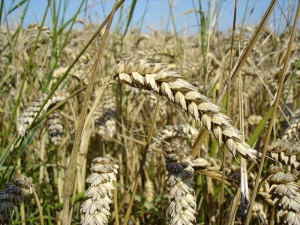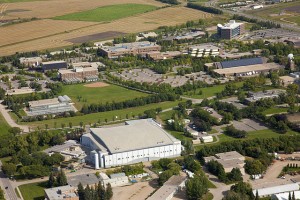
Suncor Energy Centre in Calgary, Alberta. Alberta has seen the fastest employment growth in North America according to the latest Index of Labour Market Performance report by the Fraser Institute (Chuck Szmurlo)
A new Fraser Institute study finds that Alberta tops all Canadian provinces and US states in labour market performance.
The report, by Nachum Gabler, Niels Veldhuis, and chief economist for the Fraser Institute, Amela Karabegović, rates jurisdictions by five indicators: average total employment growth, average private-sector employment growth, average unemployment rates, average duration of unemployment, and average labour productivity.
In the overall index, Alberta received a score of 8.9 out of 10, higher than any other province or US state. Saskatchewan came second in the rankings, with a score of 8.3, and Manitoba ranked 5th, with a score of 7.2.
All three high-ranking provinces have enjoyed strong employment growth thanks to booming natural resource sectors. Alberta leads the provinces in oil production, followed by Saskatchewan. All three have large mining and agricultural sectors which have benefited from rising commodity prices on the global markets.
In addition to having the best employment growth and the sixth lowest unemployment rate in North America, Alberta’s ranking was helped by low unionization rates, low dependence on the public sector to provide jobs, a low minimum wage relative to average wages, and, among Canadian provinces, the most labour flexibility provided by “worker-choice laws”, which prohibit mandatory payment of union dues as a condition of employment.
Alberta also placed first in Canada, and sixth overall, in labour productivity, with a GDP per worker of $131,040. Newfoundland & Labrador ranked second among the provinces with a per worker GDP of $129,547, and Saskatchewan ranked third with $120,372.
One factor that the study’s authors consider important in labour market performance but did not include in the Index of Labour Market Performance is the number of working days lost to labour disputes.
British Columbia ranked last among all jurisdictions in this metric, with 105.5 working days lost per 1,000 workers, due mostly to strikes by public sector unions.




